The culture of tipping has taken a wild ride, transforming from a simple gesture of gratitude into a moral obligation at every turn. Whether it’s the corner café or the digital checkout at your favorite retail store, tipping has woven itself into the very fabric of American economics. But some of these instances might make you scratch your head and wonder — is this really tip-worthy? Here’s a tongue-in-cheek look at 15 situations that have gone overboard, prompting me to hit the ‘No Tip’ button. From self-service kiosks to subscription boxes, let us explore where you might reconsider your tipping habits.
1. Self-Checkout Kiosks
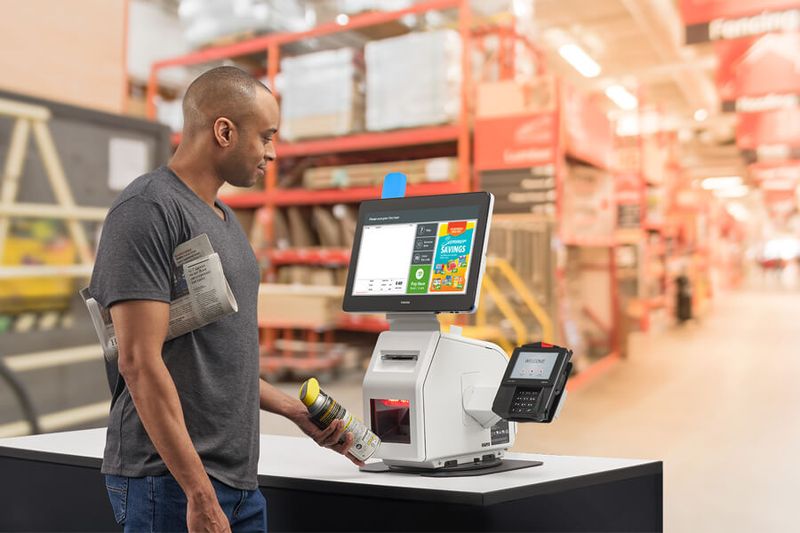
Ever scanned your own groceries and been prompted for a tip? Somehow, the evolution of technology has brought us to a place where machines ask for gratuities. I recently bagged my own groceries, and all the ‘help’ I got was from a screen. Why are we tipping technology?
It’s like leaving a tip for your toaster because it made you breakfast. Tipping at self-checkouts is more about supporting the business model than rewarding service. This machine isn’t pocketing the extra cash — the company is. It’s time to question why the machine deserves a tip.
2. Grab-and-Go Coffee Counters
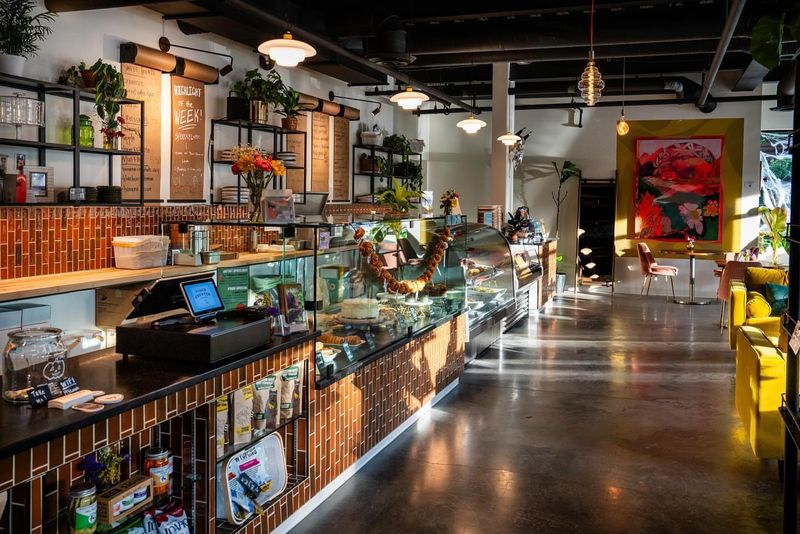
Picture this: you pour your own coffee, secure the lid, and head to the counter, only to be met with a digital tablet asking for a tip. Why should we tip when we’ve essentially become our own barista? The art of self-service has morphed into an expectation of extra payment.
It’s not that I don’t appreciate the convenience, but the transaction ends when I’ve done the work. When every pour feels like a self-serve station, it’s hard to justify tipping. It’s high time we distinguish between service and self-service.
3. Takeout Orders
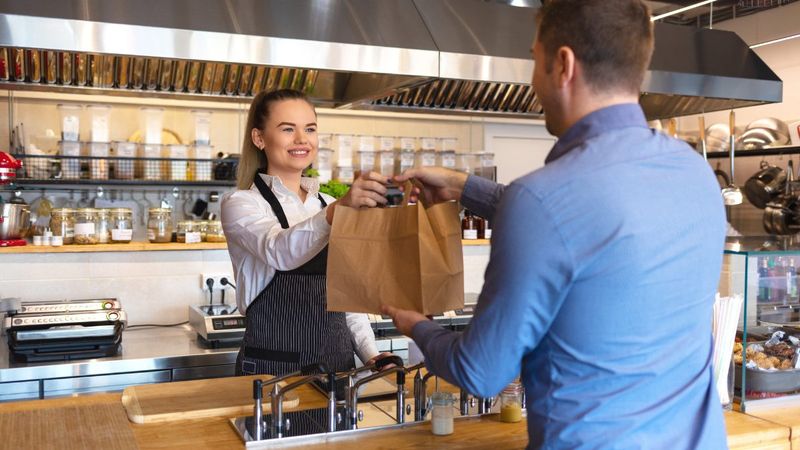
Once upon a time, takeout tips were a nice-to-have, not a must-have. But now, even as I drive, wait, and collect my own food, I’m prompted to tip. What changed? The transition from dine-in to takeout doesn’t mean the service has increased.
My time and effort to pick up the order are part of the deal. Tipping for takeout feels like an old tradition in need of reevaluation. If the experience mirrors fast food more than a fine dining, why the tip? It’s time to redefine takeout norms.
4. Counter Service with No Added Service
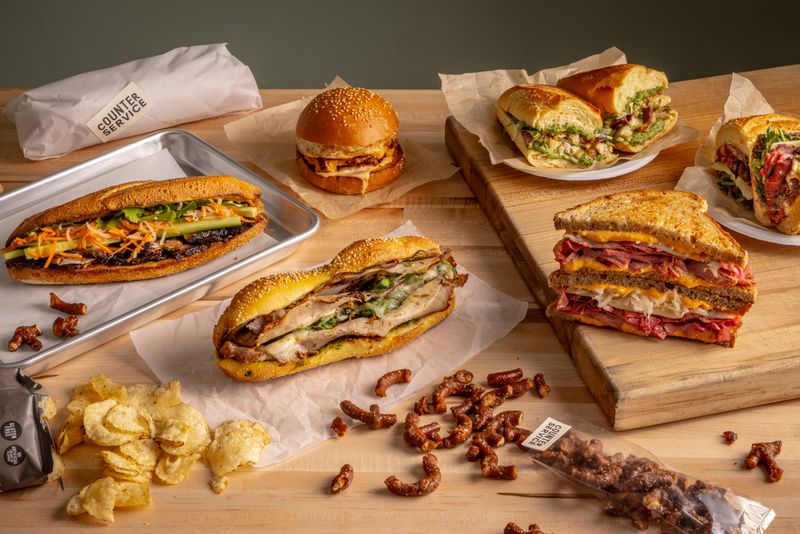
Think of a sandwich shop where you order at the counter, grab your drink, and clean up after yourself. The only thing missing? Table service, yet the tip prompt appears at checkout. Tipping should be linked to enhanced service, not the illusion of it.
Why tip when the experience is entirely self-managed? The boundary between full and self-service has blurred, and so has the tipping expectation. Without table delivery or extras, it mirrors a fast-food model more than anything else. Let’s rethink where service truly begins and ends.
5. Pre-Packaged Snacks at Boutiques or Salons
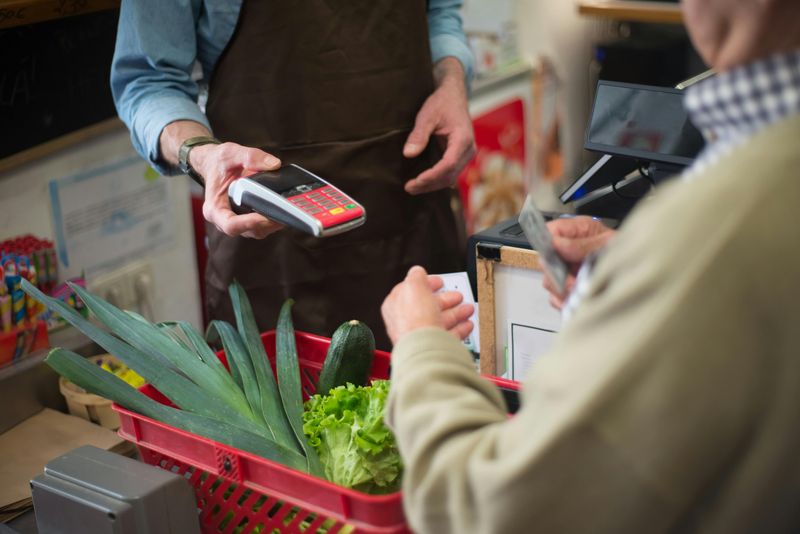
Grabbing a quick snack at a boutique or salon seems harmless until the tip screen appears. Did that protein bar leap into your bag? It’s retail, not service. Tipping in retail environments for non-service transactions feels misplaced. The act of buying a snack shouldn’t come with a side of guilt. It’s high time we separate shopping from tipping.
The mere act of purchasing something doesn’t inherently include service. With no interaction involved, there’s little reason to tip. This is where retail and service must part ways.
6. Automated Food Trucks or Vending Machines
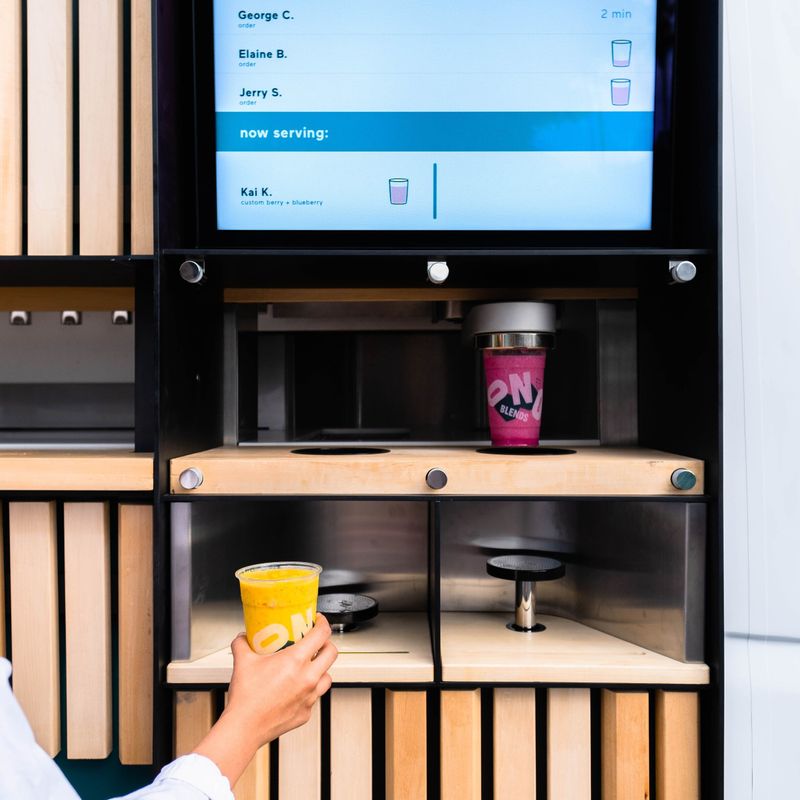
In a world where even food trucks have gone digital, tipping becomes a question mark. If your interaction is with a screen, where does the tip go? Automated trucks and vending machines simplify convenience but complicate gratitude.
The charm of a food truck is often in the human touch, which is lacking when automation takes over. Why tip when there’s no personal service? As technology replaces human roles, the tipping expectation requires a reevaluation. Tipping is for people, not machines, and that’s where we draw the line.
7. Airport Grab-and-Go Vendors
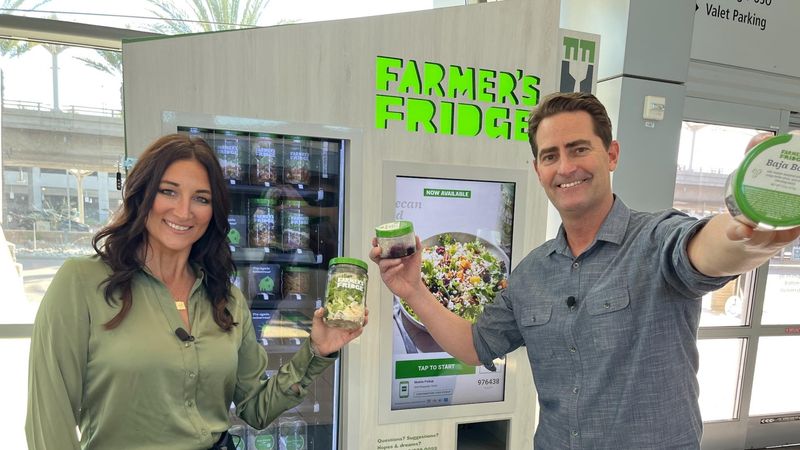
Airports are the epitome of hustle, bustle, and overpriced snacks. But a tip prompt at Hudson News? It’s a head-scratcher. Travelers know that airport prices have their own altitude, so why add a tip on top?
When service is minimal, tipping feels like a forced tax on convenience. The grab-and-go model is designed for speed, not service. Is this really a moment for extra gratitude? At such high prices, tipping seems as out of place as a raincoat in the desert. Rethink that tip when rushing through terminals.
8. Retail Stores Adding Tip Screens
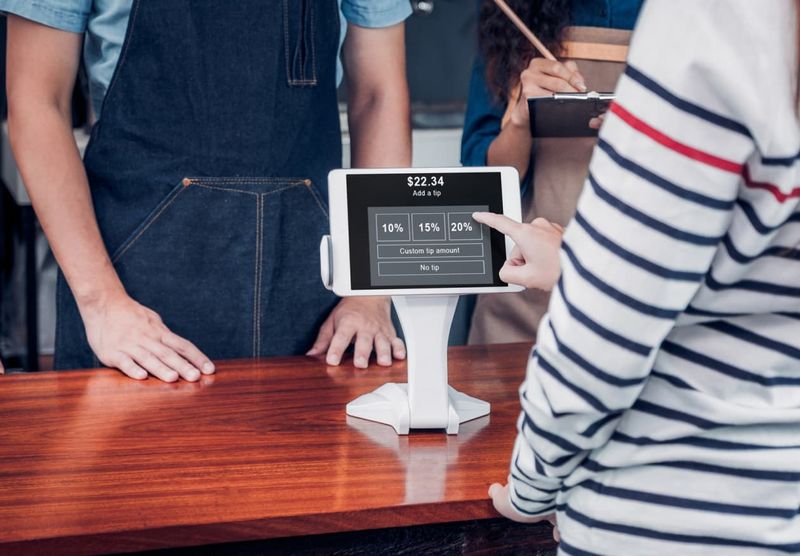
Buying a candle shouldn’t spark a tipping debate, yet many retail stores now nudge for gratuities. Why? Retail is about the purchase, not the personal service. The line between shopping and dining has blurred with digital tip prompts.
But when buying socks feels like a moral quiz, perhaps the line needs redrawing. Tipping for retail purchases feels like a misstep in consumer culture. When the transaction is purely retail, the expectation of a tip should feel misplaced. Let’s keep tipping for service, not shopping.
9. Online Orders for Delivery Where Fees Already Apply

With fees stacked like pancakes, online deliveries feel expensive before tips. Service fees, delivery fees, platform charges — where does the tip fit in? The money trail of tipping isn’t always clear, leaving us questioning if it reaches those who deserve it.
When almost every click carries a cost, the tip becomes a puzzle. Is it necessary, or just traditional? The digital tipping age has arrived, but clarity hasn’t. With so many fees, it’s time to ask which ones genuinely benefit the service staff.
10. Cafés That Just Hand Over Bottled Drinks
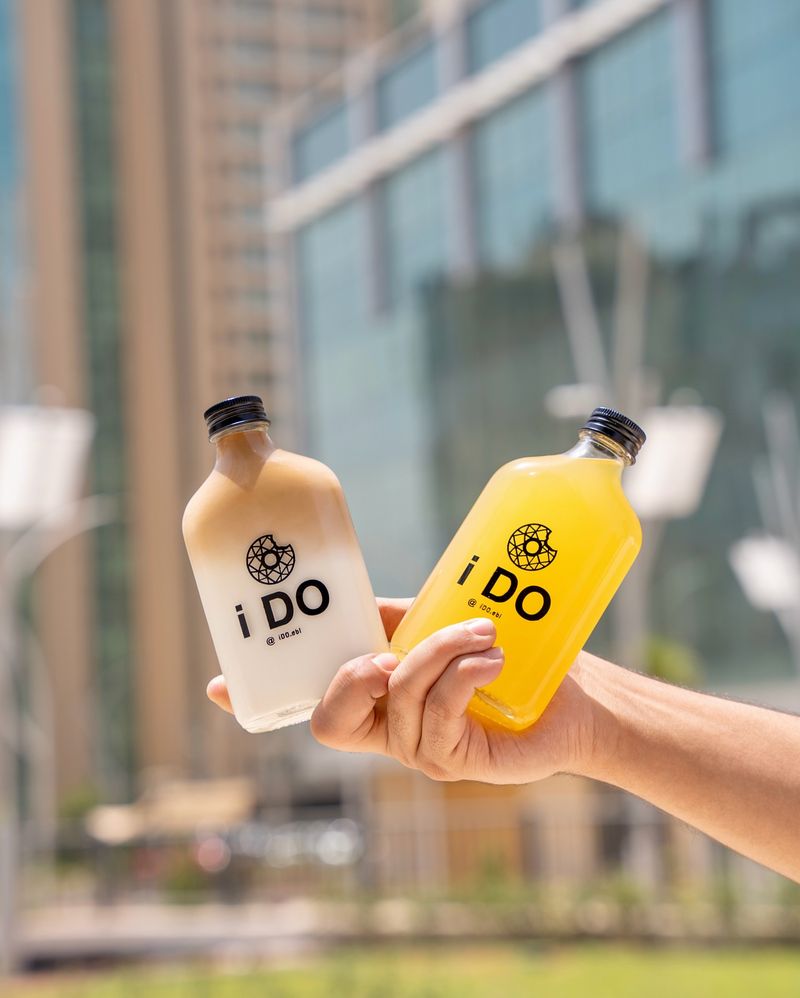
Imagine grabbing a bottled water and being faced with a tip screen. It’s as puzzling as it sounds. The act of handing over a bottle is retail transaction, not a service exchange. Tipping should reflect service, not the simplicity of a purchase.
When there’s no effort beyond the transaction itself, the tip feels unwarranted. The convenience of bottled drinks doesn’t equate to the labor of crafting a latte. This calls for redefining where commerce ends and service begins. A bottle isn’t a barista, after all.
11. DIY Frozen Yogurt Shops

Frozen yogurt shops have become DIY destinations. You fill it, top it, and weigh it, yet the tip option still appears. Who exactly are we tipping here? When the entire experience is self-guided, tipping feels like a misinterpretation of service.
The joy of creating your dessert doesn’t require extra payment. These shops redefine self-service, which should exclude tipping. When you’re both the customer and the server, tipping seems misplaced. Let’s reserve gratuity for genuine service, not self-serve indulgence.
12. Prepaid Hotel Room Service

Room service holds a certain allure, but prepaid gratuity changes the game. When delivery fees are included, additional tips feel redundant. Why tip when the service is pre-compensated? This evolution in room service charges reflects convenience, not gratuity.
The charm of a surprise tip becomes an expected obligation. If fees cover the service, where does the extra money go? Understanding these charges helps refine tipping habits to reflect genuine gratitude. When fees already apply, let’s rethink necessity of additional tips.
13. Parking Apps or Kiosks
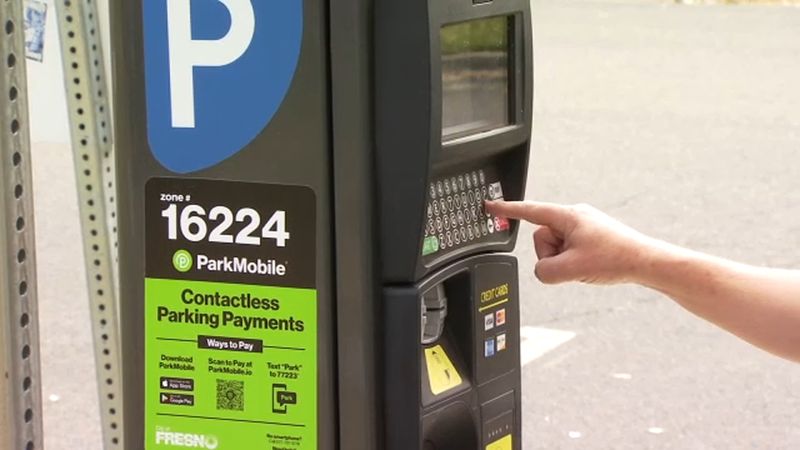
Parking meters have gone digital, but now they want tips too. Tipping a machine turns the concept on its head. The kiosk provides a service, but it’s an automated one. Where does the gratuity fit in? The rise of digital interactions questions traditional tipping norms.
When humans are replaced by technology, tipping feels misplaced. Parking fees are enough without adding gratuity into the mix. As automation increases, it’s time to realign our tipping practices with human interaction. Machines don’t need tips, after all.
14. Event Concessions with Set Prices
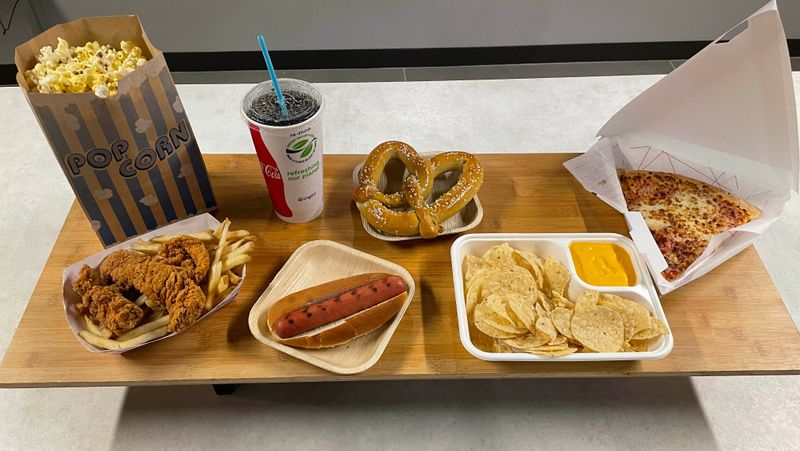
Events are costly experiences, from tickets to concessions. Yet, the tip screens appear, even with set prices. Tipping at concessions feels like adding insult to injury when prices are already steep. When the prices seem sky-high, gratuity feels like an unexpected surcharge.
Where does the money go at such venues? Transparency in tipping is key. As the entertainment industry grows more expensive, the tipping expectation should remain clear and fair. It’s about balancing gratitude with financial reality at events.
15. Subscription Boxes with Tip Options

Subscription boxes bring joy to your door, but now they ask for tips too. With recurring charges, shipping fees, and now tips, it feels like guilt marketing. Where is the line between gratitude and obligation? The subscription model should be straightforward, without surprise extras.
The joy of opening a box shouldn’t be overshadowed by unexpected costs. Tipping for a prepaid service blurs lines, making gratitude feel mandatory. Let’s keep the pleasure in subscriptions, not the pressure of tipping.

Comments
Loading…